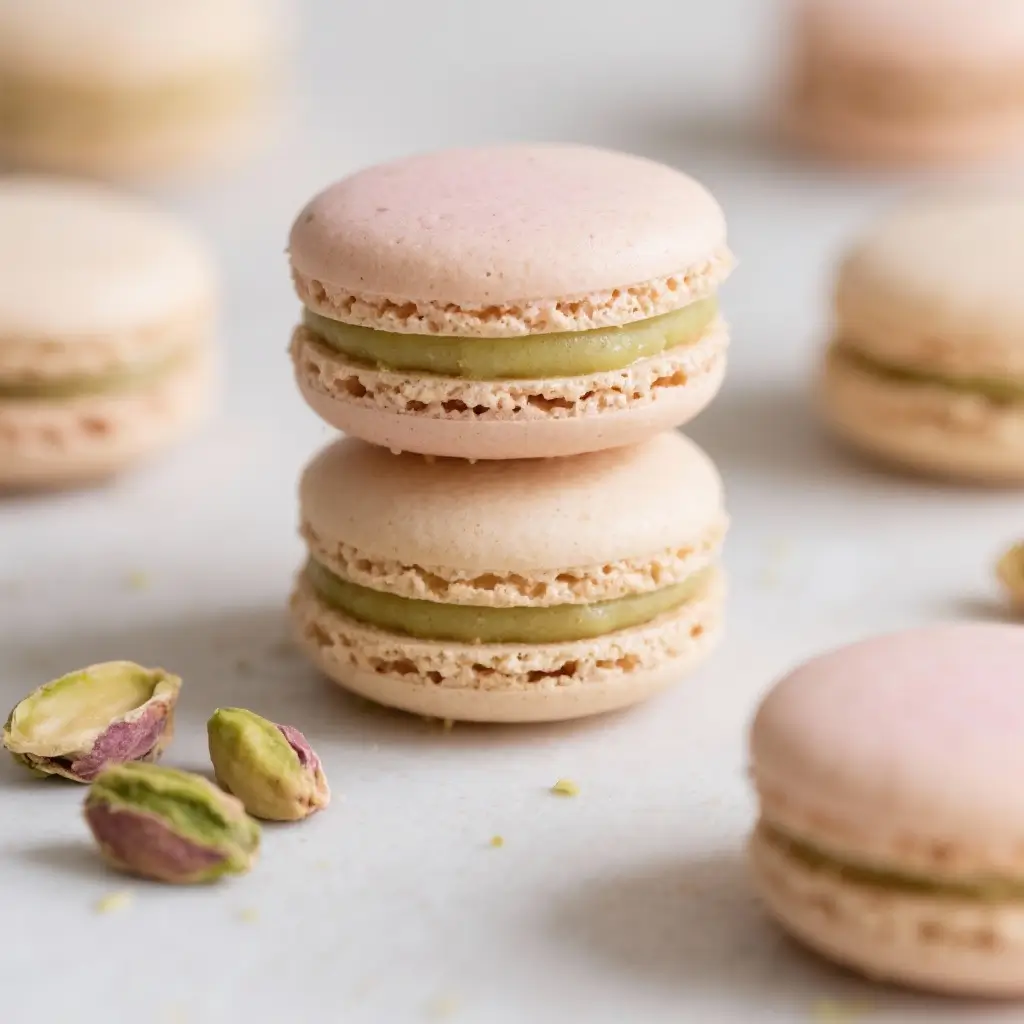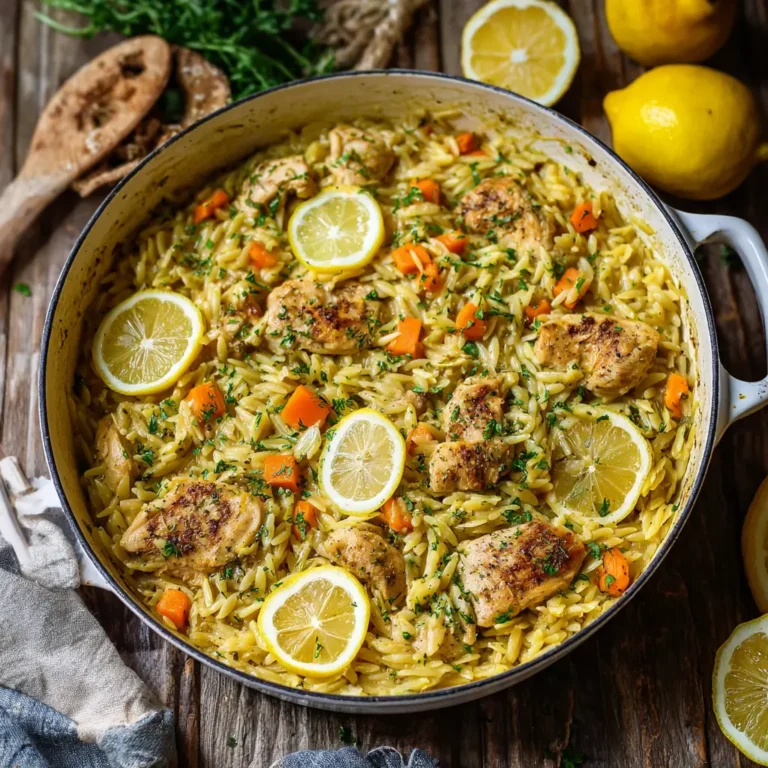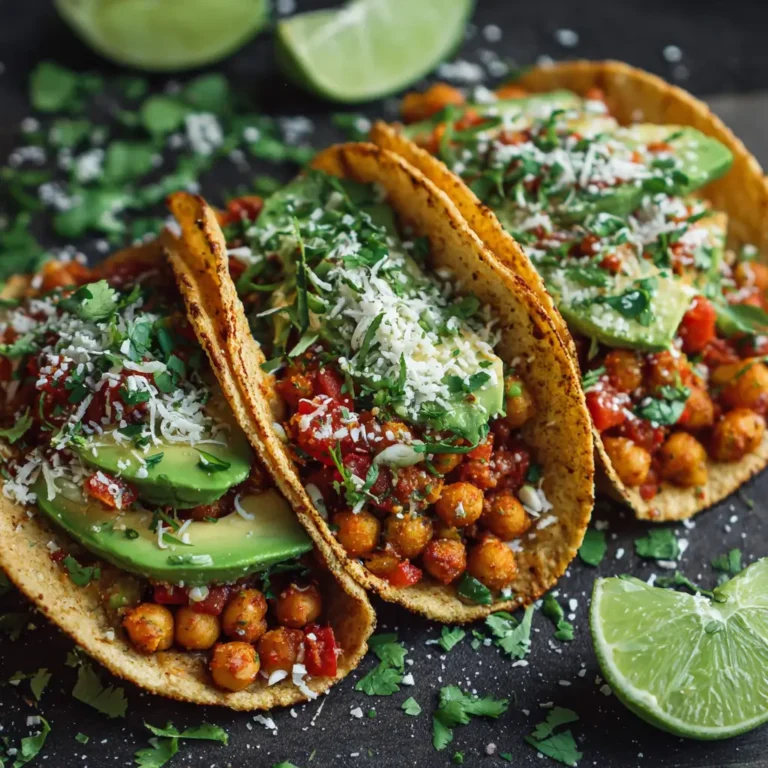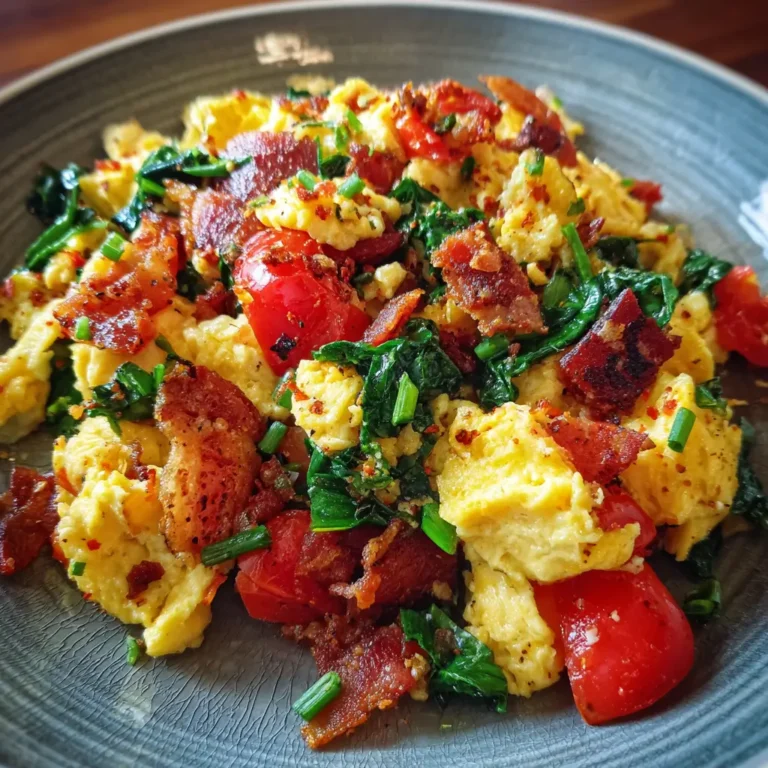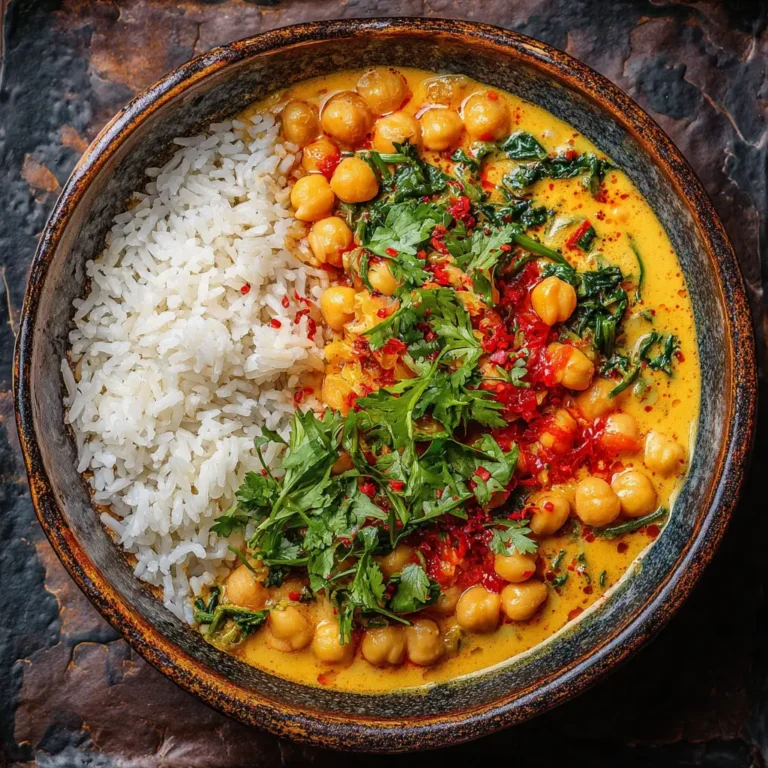Pistachio Rose Water Pistachio Macarons
Pistachio Rose Water Macarons: A Delicate Fusion of Nutty Elegance and Floral Whimsy
The art of macaron-making is one of precision, patience, and passion. Among the vast array of flavors that have emerged from the delicate almond shell confection, Pistachio Rose Water Macarons stand out as a luxurious blend of earthy nuttiness and aromatic floral notes. These elegant French treats are not just visually stunning with their soft green hue and subtle shimmer but also deliver a complex flavor profile that dances between sweet, nutty, and delicately perfumed. Whether you’re an experienced baker or a curious novice, mastering this recipe will elevate your pastry game and bring a touch of Persian-inspired sophistication to your dessert table.
The History of the Macaron—and How Pistachio and Rose Water Found Their Way In
The origins of the macaron trace back to 8th-century Arab confectionery traditions, where ground almonds, sugar, and egg whites were combined to create early versions of meringue-based sweets. The treat made its way into Europe via trade routes, eventually reaching Italy and then France. By the 16th century, Catherine de’ Medici introduced Italian chefs to the French court, bringing with them almond-based confections. However, the modern macaron—two delicate shells sandwiching a creamy filling—was popularized in Paris by the famed Ladurée in the early 20th century.
While traditional macarons rely on almond flour, variations using pistachio flour have gained popularity due to the nut’s rich, buttery flavor and vibrant green color—perfect for creating naturally tinted shells without artificial dyes. Meanwhile, rose water has been a staple in Middle Eastern, Persian, and South Asian desserts for centuries. Used in everything from baklava to halva, rose water adds a perfumed sweetness that complements nuts beautifully. Combining pistachio and rose water in macarons is a nod to cultural fusion—a marriage of French patisserie technique with the aromatic elegance of Eastern confectionery traditions.
Ingredients Breakdown: Why Each Component Matters
Crafting perfect Pistachio Rose Water Macarons requires attention to ingredient quality and proportion. Here’s a detailed look at each component:
- Almond Flour: Provides structure and tenderness. Must be finely ground and sifted to avoid lumps. Blanched almond flour ensures a smooth texture and pale base that allows the pistachio color to shine.
- Confectioners’ Sugar (Powdered Sugar): Adds sweetness and helps form the crisp outer shell. Sifting is essential to prevent graininess.
- Pistachio Flour or Finely Ground Pistachios: Imparts a rich, nutty flavor and natural green hue. Use unsalted, raw, or lightly roasted shelled pistachios ground into a fine powder. Avoid pre-sweetened or oil-laden varieties.
- Egg Whites: Must be aged (left at room temperature for 24 hours) or used fresh and at room temperature. They form the meringue base, giving volume and stability. Ensure no yolk contamination.
- Granulated Sugar: Used in making the meringue. It stabilizes the egg whites and contributes to the glossy finish.
- Cream of Tartar (Optional): Helps stabilize the meringue and prevents overbeating, especially in humid conditions.
- Green Gel Food Coloring (Optional): Enhances the natural green from pistachios for a more vibrant appearance. Avoid liquid coloring, which can affect batter consistency.
- Fine Sea Salt: Balances sweetness and enhances overall flavor.
- Rose Water: Use food-grade, preferably organic. It should be added sparingly—too much can make the flavor soapy. Start with 1/4 tsp and adjust to taste.
- Buttercream Filling Ingredients: Unsalted butter, powdered sugar, heavy cream or milk, additional rose water, and optional pistachio paste or ground pistachios for texture and depth.
Step-by-Step Recipe: Crafting Perfect Pistachio Rose Water Macarons
Making macarons is both a science and an art. Follow these steps meticulously for success.
- Prepare Your Workspace: Clear your countertop. Gather piping bags, silicone mats or parchment paper, sifter, mixer, rubber spatula, and baking sheets. Preheat oven to 300°F (150°C). If using a convection oven, reduce by 25°F and use a fan-off setting if possible.
- Sift Dry Ingredients: In a large bowl, sift together 1 cup (100g) almond flour, 1 3/4 cups (200g) confectioners’ sugar, and 1/2 cup (50g) finely ground pistachio flour. Discard any large颗粒 and repeat sifting until all are lump-free. This step is crucial for smooth shells.
- Whip the Meringue: In a clean, grease-free bowl, beat 3 large aged egg whites with a pinch of cream of tartar (if using) until foamy. Gradually add 1/4 cup (50g) granulated sugar while increasing speed. Whip to stiff, glossy peaks (about 5–7 minutes). The meringue should hold a firm peak when the whisk is lifted.
- Macaronage (Folding): Add the sifted dry ingredients to the meringue in two batches. Using a silicone spatula, gently fold the mixture in a circular motion, scraping the sides. After about 30 folds, add 1/4 to 1/2 teaspoon rose water, a few drops of green gel coloring (if using), and a pinch of salt. Continue folding until the batter flows like magma—when lifted, it should fall in a thick ribbon and slowly disappear into the mix within 10 seconds. Overmixing leads to flat cookies; undermixing causes peaks.
- Rest the Piped Shells: Transfer batter to a piping bag fitted with a round tip (Wilton 8 or 10). Pipe 1.5-inch rounds onto silicone mats, spacing them 1 inch apart. Tap trays firmly on the counter to release air bubbles. Use a toothpick to pop any visible bubbles. Let shells rest uncovered for 30–60 minutes until a skin forms—a light touch should not leave a mark.
- Bake: Bake one tray at a time in the center rack for 16–19 minutes. Rotate halfway if needed. Shells should lift easily from the mat with intact feet (the ruffled edge at the base). Cool completely before filling.
- Prepare the Rose Pistachio Buttercream: Beat 1/2 cup (1 stick) softened unsalted butter until creamy. Gradually add 1 1/2 cups (180g) sifted powdered sugar. Mix in 1–2 tablespoons heavy cream, 1/2 teaspoon rose water, and 1–2 tablespoons pistachio paste or finely ground pistachios. Whip until light and fluffy (3–5 minutes).
- Fill the Macarons: Pair cooled shells by size. Pipe a swirl of buttercream onto the flat side of one shell and gently press the matching shell on top. Twist slightly to adhere.
- Aging (Optional but Recommended): Store filled macarons in an airtight container in the fridge for 24–48 hours. This allows flavors to meld and texture to soften—this is called “maturing” and significantly improves taste and mouthfeel.
Tips for Success: Mastering the Macaron Maze
- Use a Kitchen Scale: Precision is non-negotiable. Volume measurements vary; weight ensures consistency.
- Aged Egg Whites: Letting egg whites sit uncovered for 24 hours reduces moisture, leading to better feet formation.
- Sift, Sift, Sift: Clumps cause uneven baking. Double-sift dry ingredients for silky-smooth shells.
- Consistent Piping Size: Use a template under your baking mat to ensure uniform circles.
- Rest Until Tacky: Skipping resting leads to cracked tops and poor feet. Humidity may extend drying time.
- Oven Thermometer: Ovens often run hot or cold. Use a separate thermometer to verify temperature accuracy.
- No Steam Baking: Avoid opening the oven during baking. Sudden temperature changes cause collapse.
- Humidity Matters: High humidity makes macarons sticky and hard to set. Choose a dry day or use a dehumidifier.
- Patience with Filling: Wait until shells are completely cool. Warm shells melt the buttercream and become soggy.
Variations and Customizations: Make It Your Own
Once you’ve mastered the base recipe, experiment with creative twists:
- Lemon-Zest Infusion: Add lemon zest to the batter or filling for a bright citrus contrast to the floral notes.
- Cardamom Spiced: Fold 1/4 tsp ground cardamom into the batter for a warm, exotic depth.
- Dipped in Dark Chocolate: Melt high-quality dark chocolate and dip the edges of filled macarons for a gourmet finish.
- Edible Gold Leaf or Luster Dust: Brush shells with edible shimmer for an opulent presentation.
- Fresh Rose Petals (Edible): Garnish with crystallized or food-safe dried rose petals.
- Gluten-Free & Vegan Options: Use aquafaba (chickpea brine) instead of egg whites for a vegan version. Ensure all ingredients are certified GF.
- Mini Macarons: Pipe smaller shells (1 inch) for bite-sized treats—adjust baking time to 12–14 minutes.
- Saffron-Infused Version: Steep a few saffron threads in warm milk or cream used in buttercream for a golden hue and royal aroma.
Health Considerations and Nutritional Value
While undeniably indulgent, Pistachio Rose Water Macarons do offer some nutritional benefits when enjoyed in moderation:
- Pistachios: Rich in healthy monounsaturated fats, protein, fiber, vitamin B6, potassium, and antioxidants like lutein. May support heart health and satiety.
- Rose Water: Low in calories and contains trace antioxidants. Traditionally used for calming properties and digestive aid.
- Portion Control: Each macaron is roughly 70–90 calories. Limit intake to 1–2 per serving due to sugar and fat content.
- Allergens: Contains tree nuts (almonds, pistachios), eggs, and dairy (in buttercream). Not suitable for those with nut allergies.
- Sugar Content: High in added sugars. Diabetics should consume cautiously. Consider reducing sugar in buttercream or using erythritol-based powdered sugar alternatives (though texture may vary).
- Gluten-Free Nature: Naturally gluten-free (if using certified GF flours), making them suitable for celiac diets—just confirm all ingredients are safe.
Full Ingredient List
For the Macaron Shells:
- 100g (1 cup) blanched almond flour
- 200g (1 3/4 cups) confectioners’ sugar
- 50g (1/2 cup) finely ground pistachio flour (unsalted)
- 75g (3 large) egg whites, aged and at room temperature
- 50g (1/4 cup) granulated sugar
- 1/4–1/2 tsp food-grade rose water
- Pinch of cream of tartar (optional)
- Pinch of fine sea salt
- Green gel food coloring (optional, 1–2 drops)
For the Rose Pistachio Buttercream Filling:
- 113g (1/2 cup or 1 stick) unsalted butter, softened
- 180g (1 1/2 cups) powdered sugar, sifted
- 1–2 tbsp heavy cream or whole milk
- 1/2–1 tsp rose water (to taste)
- 1–2 tbsp pistachio paste or finely ground pistachios
- Optional: 1/4 tsp vanilla extract for balance
Detailed Directions (Condensed for Quick Reference)
- Sift almond flour, confectioners’ sugar, and pistachio flour together twice.
- Beat egg whites with cream of tartar until foamy; gradually add granulated sugar and whip to stiff peaks.
- Fold dry mix into meringue in two additions. Add rose water, salt, and coloring. Fold until lava-like consistency.
- Pipe 1.5-inch rounds onto lined trays. Tap to remove bubbles. Rest 30–60 min until tacky.
- Bake at 300°F (150°C) for 16–19 min. Cool completely.
- Beat butter until creamy. Add powdered sugar, cream, rose water, and pistachio paste. Whip to fluffy frosting.
- Pair shells and fill with buttercream. Refrigerate 24–48 hours before serving for best texture.
Frequently Asked Questions (FAQ)
Q: Why did my macarons crack?
A: Likely causes include insufficient resting time, undermixed batter, or oven temperature too high. Ensure shells form a skin before baking and avoid opening the oven door mid-bake.
Q: Can I use liquid food coloring?
A: No—it adds excess moisture and destabilizes the meringue. Always use gel or powdered colors.
Q: My macarons have no feet. What went wrong?
A: Possible reasons: overmixed batter, old egg whites, incorrect oven temperature, or skipping the resting phase.
Q: How long do they last?
A: Stored in an airtight container in the fridge, they last 5–7 days. Freeze unfilled shells for up to 3 months.
Q: Can I make them without rose water?
A: Yes, but you’ll lose the signature floral note. Substitute with a drop of orange blossom water or omit entirely.
Q: Why use both almond and pistachio flour?
A: Almond flour provides structure; pistachio flour adds flavor and color. Using only pistachio flour may alter texture and spread.
Q: Can I use pistachio butter instead?
A: Not in the shells—it adds oil and moisture. Use dry-ground pistachio flour. Pistachio butter works in the filling.
Q: Are macarons supposed to be chewy?
A: Yes! A matured macaron should have a slight chew (like marshmallow) with a crisp outer shell. Texture improves after aging.
Summary
Pistachio Rose Water Macarons are an exquisite blend of French technique and Middle Eastern inspiration, featuring delicate green shells infused with nutty richness and floral elegance. With precise execution and a touch of creativity, these treats offer a luxurious sensory experience perfect for gifting or special occasions.
